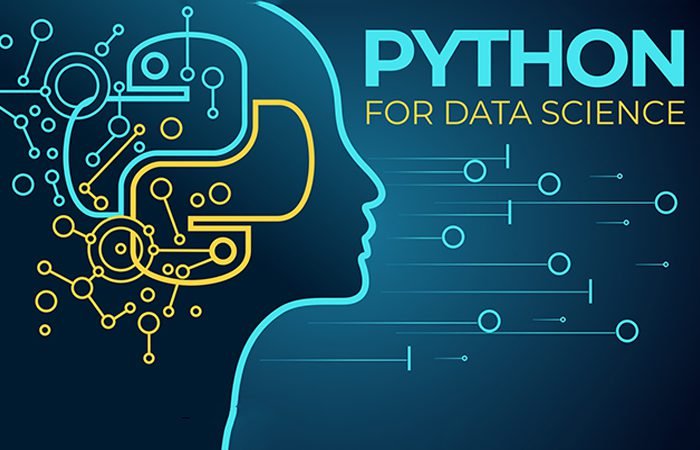Are you very interested in programming? Then you need to know the programming language Python. No, it’s not exactly about pythons and snakes, so you can let your puppy loose.
Why Python, specifically? It’s approachable, simple, and adaptable to a range of situations. And because a growing number of programmers all around the world are using and appreciating it.
In fact, according to a recent rating published by IEEE Spectrum (a prestigious engineering and applied science newspaper), Python will be the most used programming language in 2020, followed by JavaScript, C++, C, and Java.
Python’s popularity has been stable in recent years, and this trend is unlikely to reverse. Python tutorials are the most popular on Google, according to the PYPL portal, and everyone wants to learn Python nowadays.
This explains why Dropbox, Netflix, Facebook, Pinterest, Instagram, and Google all employ Python in their technical growth. Additionally, NASA is included in this list of “tech celebrities” that use Python. Do you see why it’s important for you to be aware of it?
Python is quite popular, and everyone wants to learn more about it. You, too, would not be reading this article if you weren’t.
Projects and programs made in Python
- Netflix
Netflix, the platform that had a growth of 16 million subscribers during the first quarter of 2020, also uses Python. Its engineers prefer this programming language mainly because of its available libraries.
Yes, the app you use to share images frequently uses the Python programming language on its backend (what runs on a server). In other words, Instagram is implemented on the open-source web development framework Django which is written entirely in Python.
This is one of the big projects that also use the Python programming language, in addition to C++ and Java.
What are the characteristics of Python?
The Python programming language is known for being simple, quick, and having a short and easy learning curve. It is free to use and share because it was created under an open-source license.
But what does “multi-platform”, “multi-paradigm” and “interpreted” mean, here is the explanation:
– Multi-platform: Python can operate on a variety of platforms, including Windows, Mac OS X, Linux, and Unix.
– Multiparadigm: Because it is a programming language that allows a variety of programming paradigms (development models), programmers are not forced to utilize a particular style. Python supports which programming paradigms? Programming styles include object-oriented, imperative, and functional programming.
– Interpreted: Python “interprets” the programmer’s code, which implies it both interprets and executes it.
Python may also be used as an extension language for applications that require a programmable interface since it is dynamically typed (when a variable can take values of multiple kinds or adapts to what we write).
What is Python and what is it for?
Python is a multi-paradigm, multi-platform interpreted programming language used mostly in Big Data, Artificial Intelligence (AI), Data Science, testing frameworks, and web development. Due to its vast library, which has a wide range of features, it qualifies as a high-level general-purpose language.
In 1989, Guido van Rossum, a Dutch programmer, decided to construct an interpreter for a new scripting language he was developing.
His significant expertise in creating the ABC system – an interactive, structured, high-level programming language – aided his efforts to develop a language that was more intuitive, simpler, more powerful. Python, the successor of the ABC language, was born in 1991 (yep, he is a millennial at 29 years old).
Conclusion
At Imarticus we offer a Data Analytics course where you will learn more about how to get started in Python and you will receive more than an overview of recent trends. Visit our website today and enroll in one of our analytics programs.

